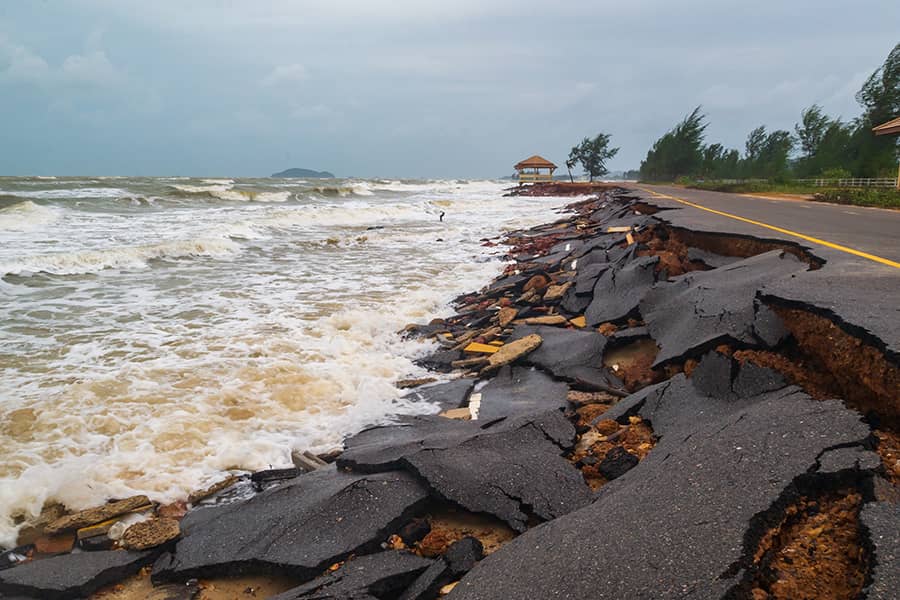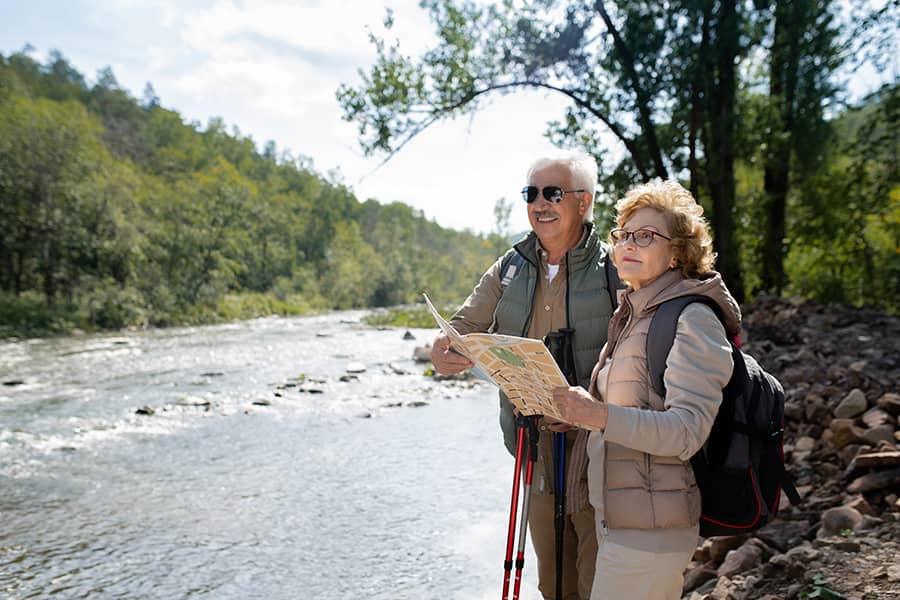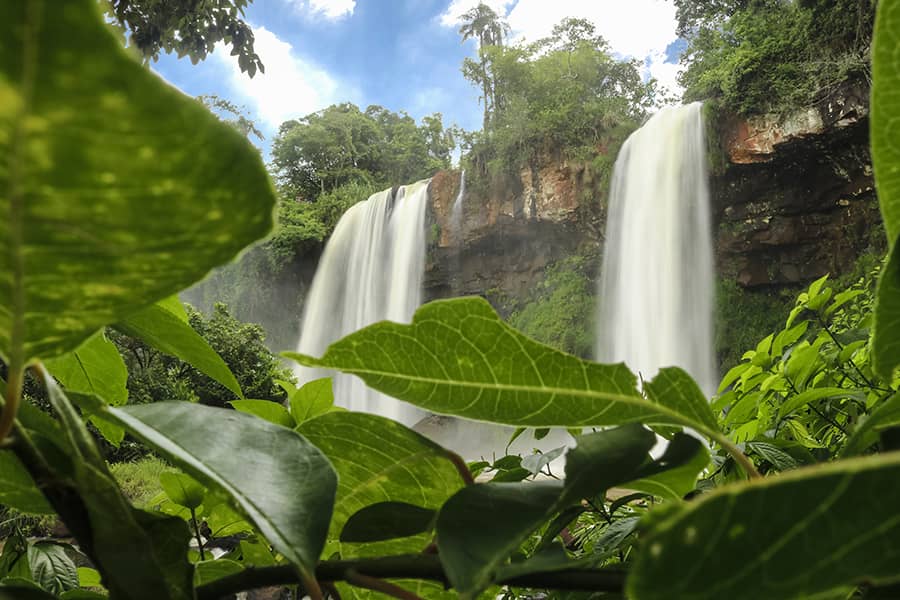In California, multimillion-dollar homes are being ravaged by landslides, and the situation is deteriorating.

Overview of California’s Landslide Crisis
California, known for its stunning coastal vistas and sprawling luxury homes, is increasingly threatened by the force of nature—landslides. Over the past few years, a perfect storm of factors has exacerbated this crisis: intense rainfall from climate swings, wildfires eroding soil stability, and unchecked development in vulnerable hillside areas. As homeowners invest millions into these prime real estate locations, many are now confronting an unsettling reality—nature’s fury can strip away their dreams with terrifying speed.
The consequences extend beyond property damage; they resonate through entire communities. Neighborhoods previously deemed secure are now scrutinized for their geological safety, leading to skyrocketing insurance premiums and plummeting property values. Local governments grapple with funding for mitigation strategies while residents face the emotional toll of uncertainty about their home’s longevity. Amid this struggle lies a pressing question: how can California balance its insatiable demand for luxurious living spaces with the urgent need for sustainable land-use practices? This landslide crisis unveils not just a physical risk but a broader dialogue on resilience in the face of climate change and responsible urban planning.
The Impact of Climate Change on Landslides
The increasing frequency and intensity of rainfall attributed to climate change are prime contributors to the surge in landslides across California’s vulnerable regions. As weather patterns shift, the earth’s saturated layers can no longer hold their grip, especially on steep terrains where multimillion-dollar homes precariously perch. These homes are not just losing value; they’re becoming foreboding symbols of a climate crisis that challenges our understanding of home safety and investment philosophy.
Moreover, wildfires—another consequence of rising temperatures—strip landscapes of vegetation that typically stabilize soil. Once these areas burn, they become prone to erosion and landslides when rains return, creating a vicious cycle that devastates properties and ecosystems alike. This dual threat poses an urgent need for innovative engineering solutions and sustainable land management strategies aimed at mitigating risk factors linked to extreme weather events. For homeowners and prospective buyers in California’s picturesque yet perilous locales, grappling with this unpredictable geophysical landscape is now as critical as assessing interior square footage or ocean views.
Recent Examples of Affected Multimillion-Dollar Homes
In recent months, several multimillion-dollar homes along California’s coastal cliffs have succumbed to the relentless force of nature, shining a light on the fragility of luxury properties in an era of climate change. The stunning ocean views that once lured affluent buyers now resemble precarious perches. One notable example is a $9 million estate in Malibu that lost nearly 50 feet of its property due to severe erosion and heavy rainfall—once touted for its unmatched vista, it now faces relegation to the history books as it dangles alarmingly close to the edge.
Similarly, in Pacific Palisades, another sprawling residence valued at over $12 million was deemed unsafe after landslides revealed significant structural weaknesses, prompting immediate evacuation measures. Homeowners are realizing that their investments may not only lack permanence but are also tied intimately with environmental stewardship—or lack thereof—over decades. As municipalities grapple with how best to intervene or provide adequate support systems in these high-risk zones, many wonder whether glamorous mountain-top retreats can ever reclaim their allure amidst growing concerns about sustainability and risk management.
Geographical Areas Most Vulnerable to Landslides
Landslides, often triggered by heavy rainfall, geological instability, and human activity, disproportionately affect certain geographical areas. In California, coastal regions with steep topography are particularly susceptible. The Santa Monica Mountains and the Sierra Nevada foothills serve as stark reminders of nature’s unpredictability; here, erosion-prone soils and aging infrastructure create an explosive recipe for disaster. As multimillion-dollar homes cling to these precarious slopes, their owners face not only the risk of financial loss but also emotional turmoil as cherished landscapes transform into hazardous zones.
Emerging urban areas in previously less developed regions present another layer of vulnerability. As developers encroach upon hillside lots without adequate assessment or sustainable practices, they inadvertently trigger conditions ripe for landslides. High-profile catastrophes have shown that even minor tremors or extended rain can unleash devastating consequences in these neighborhoods. Furthermore, climate change exacerbates this threat; intensified storm patterns mean that regions unaccustomed to heavy precipitation may soon find themselves grappling with the fallout from relentless soil erosion and shifting earth—a reality that requires immediate attention and strategic planning to mitigate risks for both current residents and future developments alike.
Government Response and Infrastructure Resilience
As California grapples with the harrowing consequences of climate change, government response must evolve from merely reactive to proactively enhancing infrastructure resilience. Financial allocations toward building resilient landscapes and stabilizing vulnerable terrains are essential. Investing in advanced geological monitoring technologies can provide valuable data, enabling officials to anticipate shifts in soil composition and water saturation that contribute to landslides. Additionally, creating green buffer zones with strategically planted vegetation can help absorb excess rainfall while reinforcing soil stability—a natural solution that blends ecological considerations with engineering.
However, mere infrastructural upgrades are insufficient without robust community engagement and awareness programs. State agencies must collaborate with local governments to educate homeowners in disaster-prone areas about risk assessment and mitigation strategies. Through workshops and outreach initiatives, communities can learn how to identify warning signs—like cracking foundations or unusual settling—and take proactive measures before disaster strikes. By fostering a culture of preparedness, California can turn vulnerability into resilience—transforming its approach from recovery after tragedy to a holistic strategy focused on preventing it altogether.
Community Awareness and Preparedness Initiatives
Community education and readiness programs are essential in alleviating the severe effects of landslides in California’s wealthy areas. While numerous homeowners prioritize improving their property’s appearance, grasping the geological context is just as important. Workshops facilitated by geologists can equip residents with insights on spotting signs of soil instability, such as cracks in pavement or tilted trees. By nurturing a proactive approach to environmental observation, communities can arm themselves with knowledge necessary for taking preventive actions before catastrophe occurs.
Additionally, local authorities ought to emphasize funding for public awareness initiatives that showcase evacuation routes and emergency services accessible during landslide incidents. These measures could be paired with neighborhood drills aimed at simulating an emergency response to guarantee that residents are not merely informed but also ready to respond quickly when danger approaches. Involving community leaders in these efforts would aid in bridging trust gaps and cultivating shared responsibility towards upholding safety standards and utilizing resources efficiently for disaster preparedness.
Conclusion: Addressing the Landslide Threat Ahead
As California grapples with the escalating threat of landslides, a holistic approach to land management and urban planning becomes paramount. Adopting sustainable construction practices is not just a matter of protecting property but fostering resilience against climate change’s increasing volatility. Homeowners should advocate for regulations that prioritize ecological integrity, ensuring developments respect natural topography rather than disrupt it. This shift can also inspire innovative solutions like enhancing green spaces or implementing natural barriers that improve drainage and stabilize slopes.
Moreover, community engagement plays a crucial role in addressing this looming crisis. Local governments must work hand-in-hand with residents to develop early warning systems and create awareness about terrain vulnerabilities. By educating citizens about signs of instability and emergency preparedness, communities can transform passive observers into proactive participants in safeguarding their surroundings. The fight against California’s landslide epidemic needs collaboration that extends beyond government initiatives; it requires collective action from all stakeholders invested in the state’s future safety and sustainability, ultimately paving the way for environments where luxurious living coexist harmoniously with nature’s unpredictable dynamics.
Recent Posts
-
Advice for achieving a healthier and more joyful lifestyle
September 16, 2024 -
Brazil: The premier location for thrilling adventures
September 14, 2024




